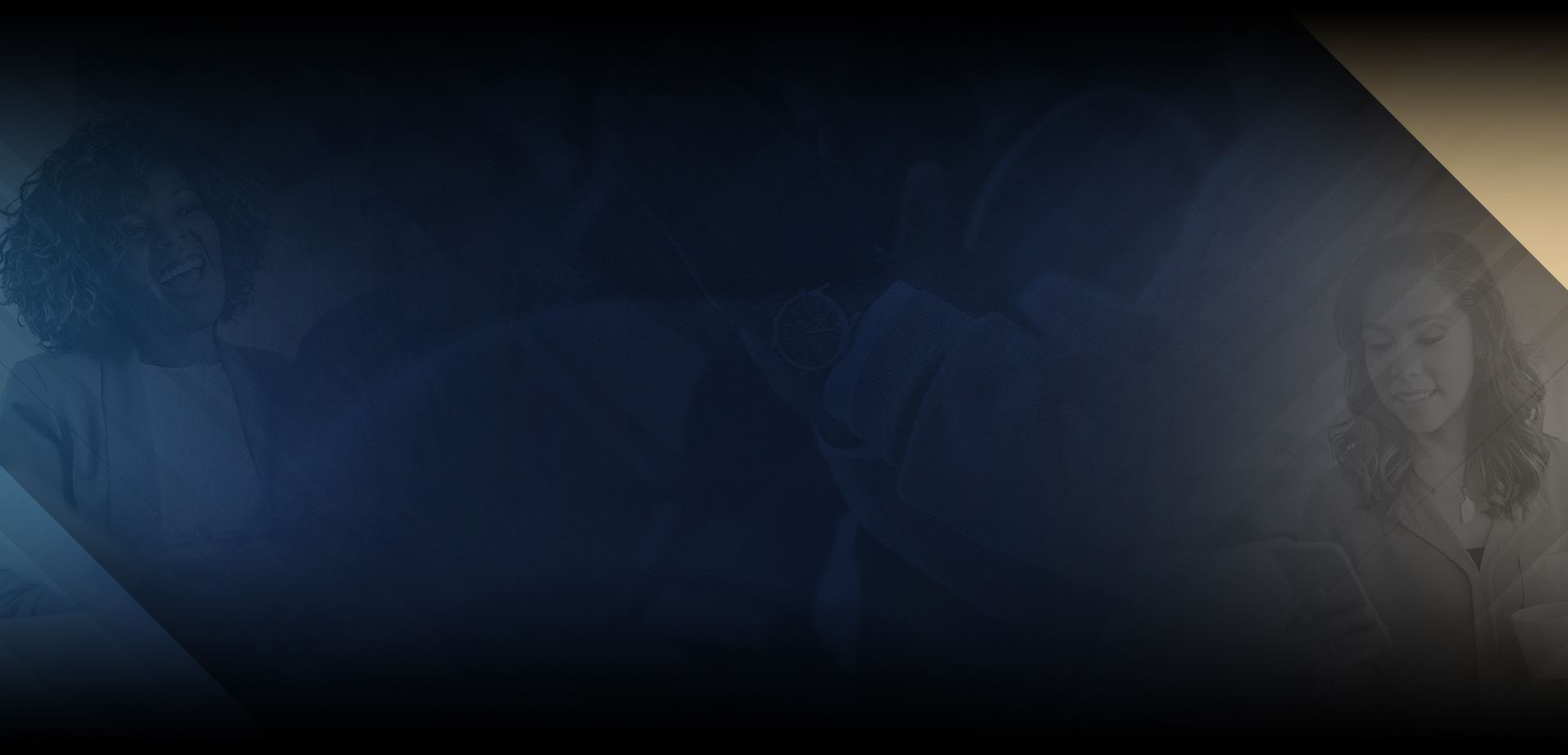
LAS VEGAS SHOULDER INJURIES ATTORNEY
The shoulder’s muscles and ligaments are essential to keeping the bones in place. When these tissues are injured, the shoulder can be damaged.
Different forms of shoulder problems are:
- Impingement or tendonitis of the shoulder
- Rotator cuff tears
- Frozen shoulder
- Dislocated or unstable shoulder
- Arthritis of the shoulder
Most of the time, these injuries result from accidents experienced by athletes, passengers in motor vehicles, people falling, bicycle riders and warehouse and construction workers. Sometimes no cause can be found. This is called idiopathic shoulder injury or pain.
Impingement or Tendinitis of the Shoulder
Three bones make up the shoulder:
- The upper arm bone
- The collar bone
- The shoulder blade
Rotator Cuff Damage
The rotator cuff, composed of muscles and tendons, covers the top of the upper arm bone (the head of the bone) and attaches the bone to the shoulder blade. Between the head of the upper arm bone and the rotator cuff is the bursa. This is a sac that lubricates the tendons of the rotator cuff, enabling them to slide freely when you move your arm.
A common cause of shoulder pain is damage to the rotator cuff. Tendinitis occurs when the tendons of the rotator cuff become irritated or damaged. Bursitis results from an inflamed, swollen bursa, causing pain. Impingement causes pain and irritates the tissue when the bone on top of the shoulder rubs against the tendon and bursa.
Rotator cuff pain commonly occurs in young athletes who use overhead motions with their arms in sports like swimming, baseball and tennis. Other causes of rotator cuff pain occur in people who use repetitive motions overhead such as painters, paper hangers or construction workers.
Frozen Shoulder
Frozen shoulder or stiffness of the shoulder often occurs without a known cause, although the condition may be brought on by a shoulder injury. Its main symptoms are pain, stiffness and loss of motion. It is usually diagnosed by a doctor taking a patient history and doing a physical exam. While an X-ray may be done to rule out other causes, an X-ray or MRI usually is not necessary to make a diagnosis.
Frozen shoulder typically goes through three phases:
- Freezing phase – very painful and during which the patient gradually loses mobility.
- Frozen phase – the pain eventually subsides, but the shoulder is still painful and difficult to move.
- Thawing phase – during this phase, the shoulder slowly gains mobility. However, without treatment, improvement can take from a year to a year and a half.
Frozen shoulder is more common in:
- Women
- Diabetic patients
- Patients with hypothyroidism (underactive thyroid)
Treatment of frozen shoulder depends upon which phase of the condition the patient is in. When frozen shoulder is beginning, a cortisone injection may eradicate the problem. Physical therapy to stretch the shoulder and break up scar tissue is very important during the early and middle phases. In some patients, surgery may be an option to break up scar tissue and reestablish motion.
Dislocated or Unstable Shoulder
The shoulder is dislocated more often than any other joint in the body. The ball and socket shoulder joint is relatively flat; it is more like a golf tee than a coffee cup. The flatness of this joint provides people with more flexibility, but also makes the joint more prone to instability or dislocation. This occurs when the head of the top of the long bone of the arm (the humerus), or the ball of the joint, slips out of the socket.
There are two types of slippage:
- Subluxation, which is a situation in which the ball begins to slip out of the socket, but immediately moves back into place
- Dislocation, a situation in which the ball comes completely out of the joint. This usually occurs from some type of injury.
In either of these cases, the tissues that hold the bones in place tear. This sometimes heals, but at other times, the instability of the joint increases and may result in repeat dislocations.
A sports medicine physician is usually able to make the diagnosis by discussing the situation with the patient and doing a physical examination. If the doctor believes surgery may be necessary, X-rays and an MR arthrogram (particular type of MRI) are done. The latter is able to help doctors see and evaluate how badly soft tissues are torn.
Treating shoulder dislocation depends upon the severity of the instability. In patients with a first dislocation, their arm is placed in a sling. Then physical therapy is done to help strengthen surrounding muscles. In the case of more than one dislocation, surgery may be done to repair the torn soft tissue and tighten the joint.
Arthritis of the Shoulder
Arthritis of the shoulder occurs at two sites, consisting of the two joints of the shoulder. They are:
- The AC joint, where the collar bone meets the tip of the shoulder blade
- The glenohumeral joint, where the top or head of the long bone of the arm meets the scapula or shoulder blade
Five types of arthritis can affect the shoulder.
- Osteoarthritis occurs as cartilage wears away over time, allowing the bones of the shoulder to rub against each other and cause pain.
- Rheumatoid arthritis, a chronic autoimmune disease, in which the body’s defense system attacks the patient’s own tissues. This often occurs in both joints of the shoulder.
- Posttraumatic arthritis, which occurs after an injury that fractures or dislocates the shoulder.
- Rotator cuff tear arthritis. This condition damages the bones’ surfaces and causes arthritis to develop. This may be severely painful and prevent a patient from lifting the arm away from the side of the body.
- Avascular necrosis. In patients with this condition, the blood supply to the top or head of the humerus (long bone of the arm), is for some reason disrupted. This has the potential to cause destruction of the shoulder joint and arthritis.
Arthritis of the shoulder is characterized by pain and limited range of motion. Diagnosis is made by a physical examination and using X-rays to distinguish among the various types of arthritis of the shoulder.
Get Help for Your Shoulder Injury in Las Vegas, NV
If you are suffering from the pain and physical limitations of a shoulder injury because of an accident caused by another person or company’s negligence, or because of repetitive stress from a job, you should know that you may be eligible for financial compensation.
The Las Vegas personal injury lawyers of Bertoldo Carter Smith & Cullen help persons who suffered shoulder injuries because of motor vehicle accidents, bicycle accidents, pedestrian accidents, defective products, construction accidents, and other situations caused by negligence. We also represent workers who suffer shoulder injuries from the repetitive stress of their occupation.
If you or someone you love is battling with the pain and physical limitations of a shoulder injury, you should talk to an attorney to find out if you are eligible for compensation.
To speak with an attorney in the Las Vegas area, contact Bertoldo Carter Smith & Cullen today at (702) 505-8115.

Our Promise to You
Why You Can Count on Our Firm
-
Experience You Can TrustOur attorneys, paralegals and support staff leverage decades of experience across a diverse range of backgrounds on behalf of our clients.
-
Legacy of Client SatisfactionWord-of-mouth referrals and repeat clients account for more than 85% of our business, which is a testament to the level of service we provide.
-
Client-Centered Approach
We strive to treat our clients with integrity, compassion, and respect and provide them with clear communication every step of the way.
-
Proven Record of ResultsWe have recovered millions of dollars in successful verdicts and settlements for injured clients throughout the state of Nevada.
NO FEES UNTIL WE WIN!
Client testimonials
Real Stories From Real Clients
-
I was involved in two car accidents within a year, both work comp related. I'd never used an attorney for personal injury before, but now I'll always choose Bertoldo Carter Smith & Cullen. They made everything seamless and easy, and were always available for questions or reassurance. This law firm clearly cares about what they do and their clients.- Aimee W.
-
A close family friend referred us to Bertoldo Carter Smith & Cullen and spoke highly of the firm. They made us feel very at ease about the situation. They truly care about their clients and making them feel at ease through the entire process. Overall, the experience has been exceptional.- Pete S.
-
I'm very thankful for meeting the team at Bertoldo Carter Smith & Cullen regarding my motor vehicle accident. They helped me in a very difficult time, provided excellent medical treatment assistance, and represented my best interests. Best law firm in Las Vegas!- Kristina Y.
-
Bertoldo Carter Smith & Cullen is the absolute best. The entire crew is efficient, and their work ethics are phenomenal. For any legal needs, they are the people to go to. Thank you for all that you do for me and my family.- Minas M.
-
Thank you so much for your help resolving my case. Bertoldo Carter Smith & Cullen helped me settle my case after another attorney messed up my medical treatment. They spent hours explaining legal matters and guiding me. The loyalty of this law firm was beyond my expectations. Great settlement and so happy with the results! Thank you for all your hard work!- Mahir S.
-
I've used Bertoldo Carter Smith & Cullen on a few occasions and always experienced professionalism. Their office staff is polite and informative throughout the process. Highly recommend the team. Thank you for always answering questions and being easy to work with.- Steven P.
-
“The kindness and compassion they showed during my case was amazing! They always made me feel like a member of their family and not just a client.”- Ryan W.
-
“I was involved in two car accidents within a year. They made everything so seamless and easy for me and were always available for questions or reassurance. This law firm clearly not only cares about what they do, but the clients they do it for. Thank you, ”- Aimee W.


A Proven Record of Results
Millions of Dollars Recovered for Our Clients
-
$100 Million Product Defect and Fatality from Helicopter Crash
-
$30 Million Fatality/Burn Disfigurement from Helicopter Crash
-
$19.5 Million Brain Damage from Motor Vehicle Accident
-
$18.5 Million Wrongful Death from Aircraft Accident
-
$16 Million Motor Vehicle Accident, Mild Traumatic Brain Injury
-
$12 Million Negligence Security leading to Sexual Assault
-
$10.8 Million Brain Injury, Premises Liability
-
$10 Million Brain Injury, Premises Liability